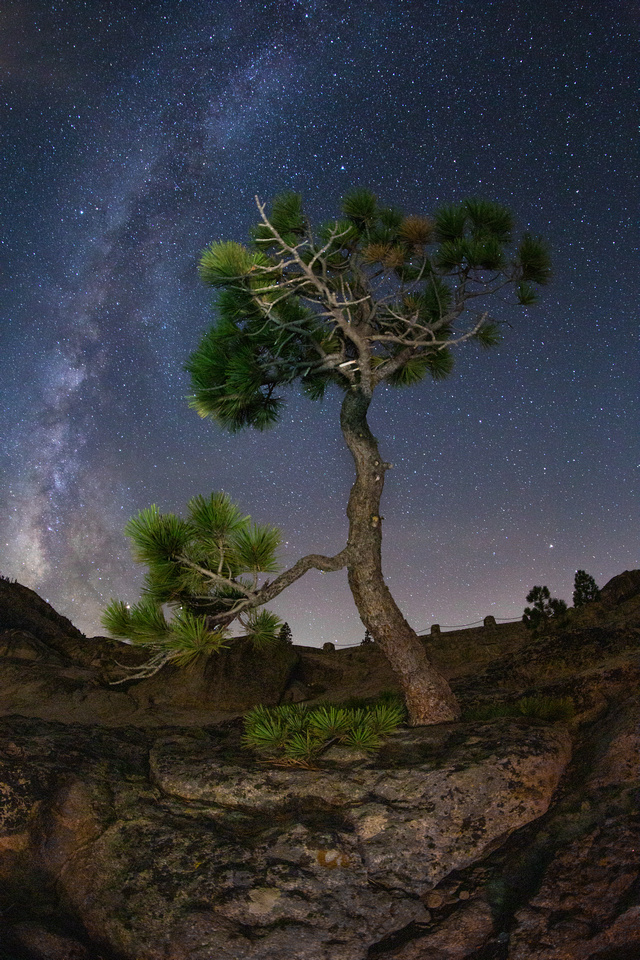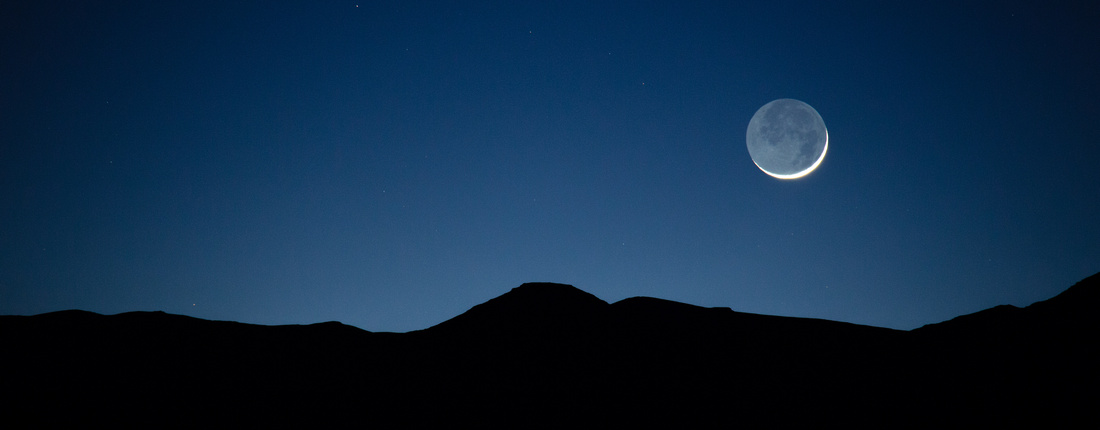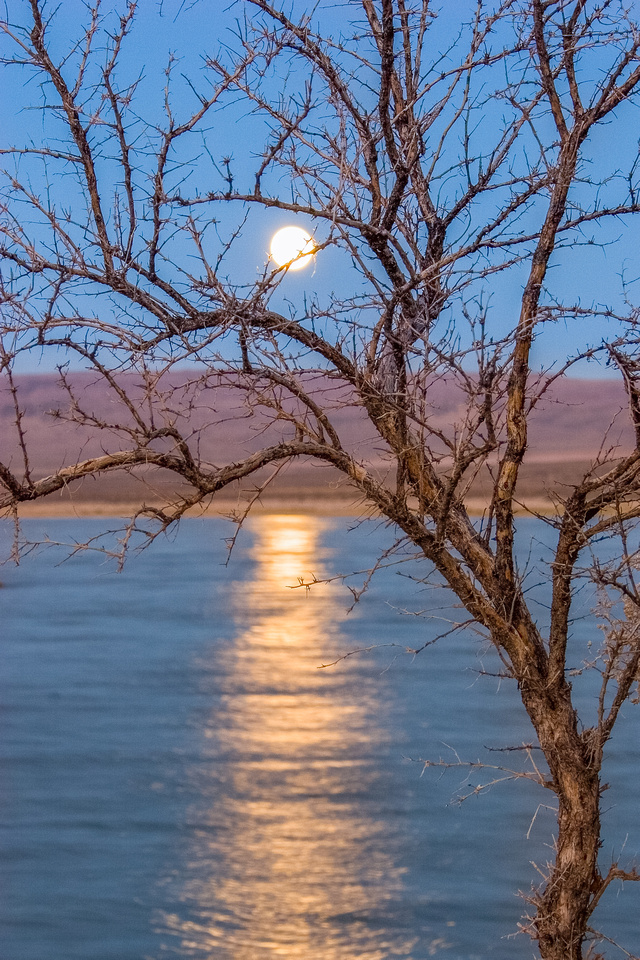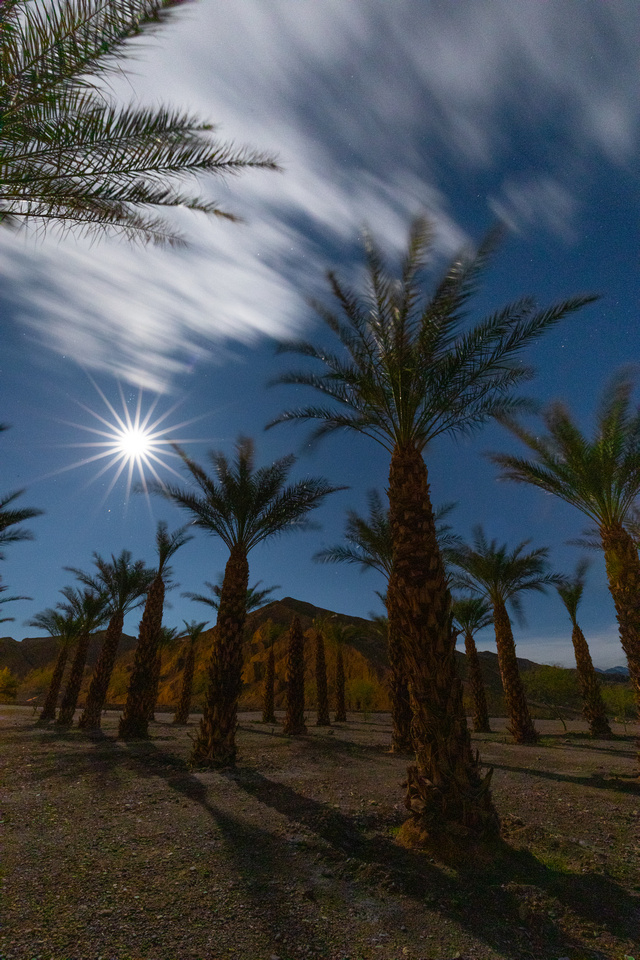Shooting the moon
Shooting the moon: Photography during different moon phases
Text and photos by Heather Cline
 
Pigeon Point Lighthouse |
Night photography is often focused on the Milky Way and star trails but we have a rather bright satellite in our sky that influences what and when we photograph certain subjects - our moon.
The moon has four phases: New Moon, First Quarter, Full Moon, and Third Quarter. Understanding how to shoot in each of these conditions can make night photography more fun and exciting.
New Moon
The new moon is when we have no visible moon in the sky. Because it is so dark during a new moon, this is a good time for Milky Way and star trail photos.
 
Tree and Milky Way |
First Quarter
Once the new moon begins working its way back to a full moon, it is the waxing stage. It starts as a sliver of light, or crescent moon and this can make for some nice photos, especially as it is rising or setting.
You can still shoot the Milky Way and star trails as the moon is approaching first quarter, but as it becomes larger, more light fills the sky, making it difficult to capture the more dim stars.
This is a good time to do some light painting photography as well.
 
Crescent moon setting, Death Valley National Park |
Full Moon
The full moon makes it very easy to move around at night because it illuminates the scene so well, you can usually see around you without artificial light. You can do light painting combined with a night sky illuminated by the full moon, just be aware that only the brightest stars will be visible at this time.
A full moon rising or setting can make a very nice composition too.
 
Full moon rising, Mono Lake |
Third Quarter
The third quarter moon is much like first quarter moon but because it is decreasing in size, it is called a waning moon. The same photographic opportunities apply here as a first quarter moon. I like getting a moon starburst when the moon is at this stage. To do this, you need to shoot at a small aperture, like f22.
 
Date Palms, Death Valley National Park |
The amount of time between each phase is about one week, so it takes about one month for each of these phases to repeat themselves, giving you lots of opportunities throughout the year to get a great shot of the moon in any phase. I hope this has helped you see the possibilities and inspired you to get and shoot for the moon.